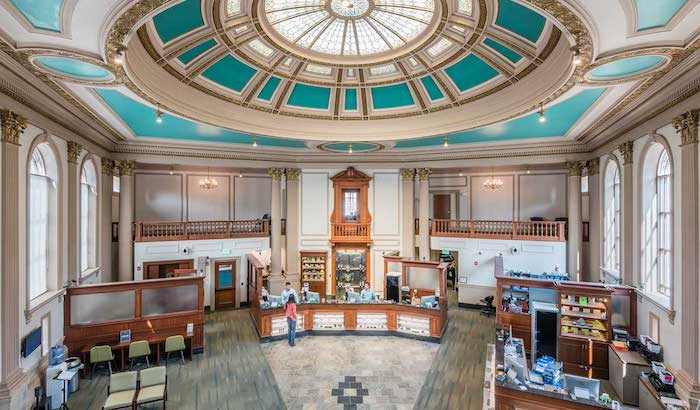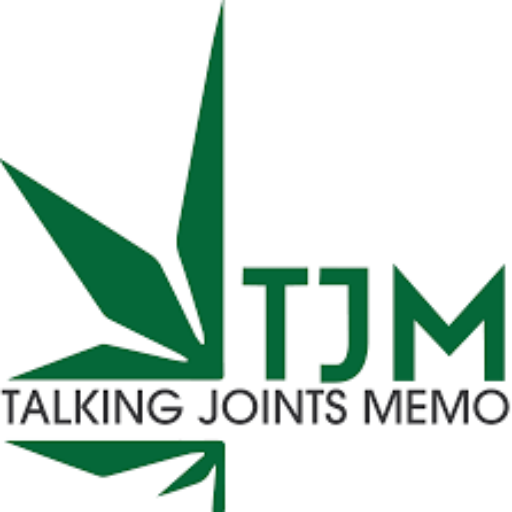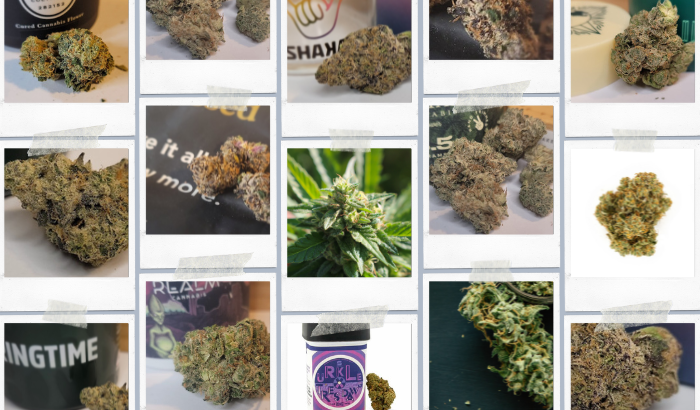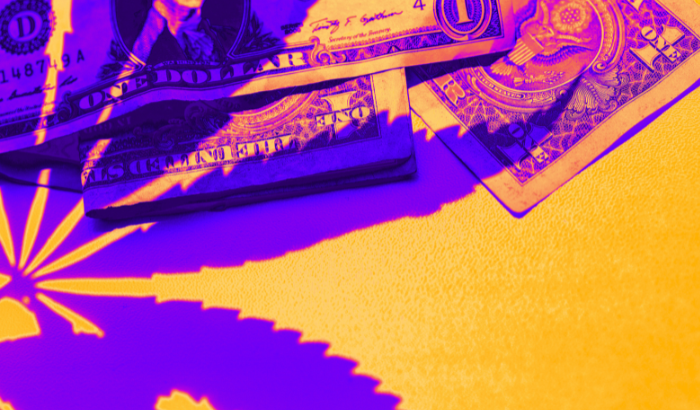
The industry should follow the Community Preservation Act model
Massachusetts voters legalized cannabis in the state by approving Ballot Question 4 in 2016. One of the arguments for legalization was that Black people were being arrested and sentenced at disproportional rates for possessing small amounts of marijuana for personal use, and that their criminal records had a major impact on their ability to pursue education, jobs, and housing options.
As the Massachusetts Cannabis Control Commission notes, the CCC “is committed to encouraging and enabling full participation in the marijuana industry by people from communities that have previously been disproportionately harmed by marijuana prohibition and enforcement, and to positively impact those communities. These efforts include the development of policies and procedures in addition to the Social Equity Program (SEP) and the Certified Economic Empowerment Priority Applicant status.”
Another justification for legalizing the recreational use of cannabis was that it would produce significant tax revenues that could be used to support social programs. Initially, the ballot question set January 2018 as the date for retail sales to begin, but lawmakers later enacted a bill that set tax rates and delayed sales for six months. Although the ballot question specified a state excise tax of 3.75% on retail sales with a local option to impose an additional excise tax of up to 2%, the legislation upped the state excise tax to 10.75% and the local option excise tax to a maximum of 3%. (Not coincidentally, last year was the first year that green tax revenue surpassed alcohol, with Mass collecting $92.7 million from the latter and $112.4 million from cannabis taxes.)
Currently, that tax revenue goes into a general fund. But given that one rationale for legalization was to support much-needed social programs, it would be preferential to treat the 3% local tax on cannabis the same way as the Community Preservation Act tax, by sequestering the revenue in an account where it can be tracked to offer transparency and accountability.
Cities and towns that have adopted the CPA add a surcharge of up to 3% on local property taxes and direct the additional money to local Community Preservation Funds. These funds support the creation of affordable housing, the preservation of open space and historic sites, and the development of outdoor recreational facilities. As the Community Preservation Association notes, “Property taxes traditionally fund the day-to-day operating needs of safety, health, schools, roads, maintenance, and more. But until CPA was enacted, there was no steady funding source for preserving and improving a community’s character and quality of life. The Community Preservation Act gives a community the funds needed to control its future.”
There’s also the example of the Massachusetts State Lottery, which “returns net profits to the Commonwealth for distribution of essential unrestricted local aid to all 351 cities and towns.” The money is “not earmarked for any specific programs, allowing cities and towns to choose how they would like to allocate their funds,” with examples including “local road improvements, school services, programs for seniors, and parks and recreation projects.”
In short, we need to take a similar approach with cannabis tax revenue. We could fund more programs to support youth programming and education, and even fund scholarships for students whose parents have been victims of the war on drugs.
Let’s use the cannabis tax the way it was intended—to help the communities that were disproportionately harmed when recreational cannabis was illegal.

























